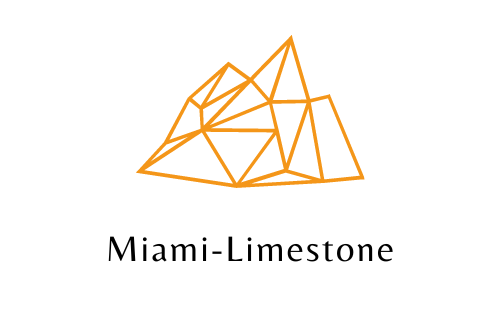What is Tufa Stone?
Tufa is a type of limestone which forms near bodies of water containing high levels of calcium carbonate. A variety of uses have been found for tufa, ranging from constructing buildings to creating items of art. Another interesting aspect is being able to view the stones in their original environment. It’s important to know that Tufa, also called ‘tuff’, isn’t the same thing as ‘tuff’, which is a form of rock caused by volcanic activity.
Where tufa come from?
Examples of tufa are known from Mono Lake, California, and from other volcanic lakes around the world, especially those which have very high concentrations of dissolved minerals. Over time, the minerals in the ground around the lake have precipitated out, creating distinctive hills which tower over the lake. You can find tufa stone around former lakes, springs, and other bodies of water with lots of dissolved minerals. These beautiful shapes are formed because of the processes of erosion and deposition, and the shape of tufa stone formations can often be quite fanciful. The formation of tufa occurs over time and in the presence of certain environmental conditions. In many cases, minerals accumulate on shorelines over time as a result of repeated water deposits. Tufa is also formed when extremely hot water from a spring enters a cooler body of water. When that happens, the water temperature cools, dissolves minerals from the spring, and they get re-precipitated as tufa.
Characteristics
Tufa is a rock type that will drain well for most plantings, making it very popular for planters. It will also dry out more quickly than many other kinds of stones. You can use tufa as a sculpting medium, and some jewelers use it for casting. To cast with tufa stone, jewelers and other metal workers form the desired shape into the rock, which they often do by carving the desired shape into it. Although tufa is soft, it can take high heat, so it will not crack or distort when used as a mold.
Building material
Tufa stone, a building material used for centuries in areas with large natural deposits of it, is also historically used for other purposes, such as making ornamental objects and tools. Tufa stones, although relatively recent, are quite old, especially in arid areas, where they’re not exposed to the elements to erode them away. Tufa constructions are also sometimes decorated with interesting carvings and inlays.
Art sypply stores have tufa rock available in many types of sizes, and it can be purchased from out . It can also be purchased from our Miami Limestone home page.
Travertine and Tufa
Tufa and travertine are carbonates, formed by the physical and/or biochemical CO2 degassing around carbonate and CO2 rich springs, streams, and pools. They are often associated with, and precipitated together with, cyanobacteria, bacteria, algae, mosses, and higher plants. Layers of micritic and sparitic crystalline growths, each consisting of millimeter-sized grains, called lamellae. These are produced in shallow seas, where shells of mollusks accumulate. Stromatolitic travertines are the result of alternating layers of limestone and shale, or sparry marl. These layered rocks are commonly found in karst areas and provide evidence of dramatic environmental and geological changes.
